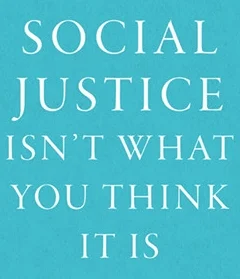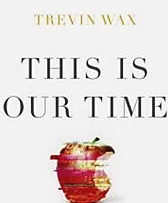In a recent book published by Hendrickson, Sean McDonough does a masterful job highlighting the importance of the doctrine of creation, especially as it relates to the new creation. He rightly recognizes that God’s first creation project was always intended to simply continue into his future creation project, with ongoing creation (or providence) in the middle.
The book is divided into nine chapters. Chapter One shows how closely the new creation is connected to the account of the original creation. The second chapter deals with the nature of God as creator, since it is vital to understand his nature to recognize the distinctions between him and what he has made. In Chapter Three, McDonough presents various theories why God made the world. In the fourth chapter, the topic of the relationship of time to the created order is considered.
Chapter Five considers the nature of creation ex nihilo, in particular evaluating the relationship of God to his creation. In the sixth chapter, McDonough discusses the influence of Plato’s dualism on the Christian tradition’s understanding of creation. In Chapter Seven, the question of how creation was made is considered. This leads McDonough to consider the place of humans within creation in the eighth chapter. And, in Chapter Nine, the beauty of the world and its value for God and as a testament to God’s goodness comes to the fore.
Creation and New Creation: Understanding God’s Creation Project is largely an expository book. McDonough presents a survey of Christian thinking, digesting theological writing from Irenaeus to Karl Barth. The overall position McDonough presents is well within the boundaries of Christian orthodoxy, and he handles those on the fringes fairly with appropriate criticism.
The most significant aspect of this book is that it serves as a reminder to Christians that creation is not something that happened at some hotly debated point in the past. Rather, creation began when God spoke all things into existence out of nothing, but it is ongoing as he sustains the world by the power of his word, and will eventually be brought to perfection in the new creation when all things are made new. This has been God’s plan from the beginning and it is so much bigger than an argument over the number of hours in a day, the compatibility of scientific theories of origins, and a discussion of human origins.
Connecting creation to new creation emphasizes the telos of this world. God intended his handiwork of a purpose, and it is trending in a particular direction. His will cannot be foiled. This is a liberating reality. It frees us to delight in the goodness he has created while looking forward to the beauty of the renovated creation, once the sin has been purged. This book is an important one, particularly for evangelicals, seeking to remediate the lack of vigorous treatments of creation in our tradition.
Creation and New Creation is a valuable book. McDonough writes well and demonstrates that he has done extensive research. This is a volume that will be best suited to people with theological training or extensive reading in their backgrounds. Those that are equipped to engage with it will find it well worth their while.





















Reading your Bible is a battle. There’s a reason why Paul lists Scripture as the sword of the Spirit in his discussion of the armor of God (Eph. 6:17). More even than that, Scripture reveals God’s character and is, thus, central to worshiping well (Psalm 119). That’s why reading the Bible is a battle.